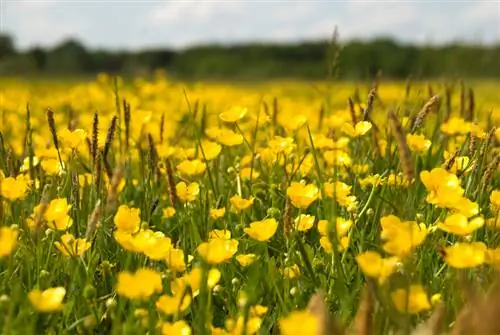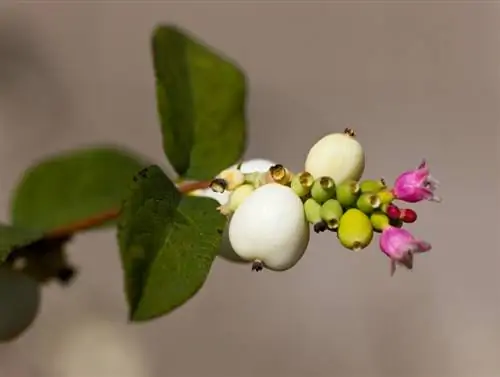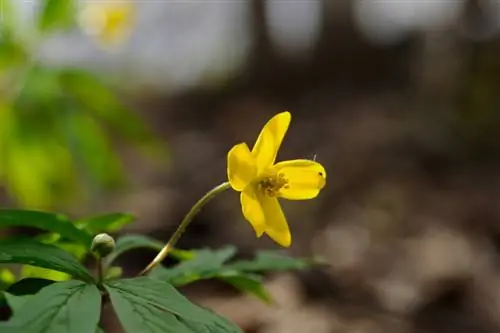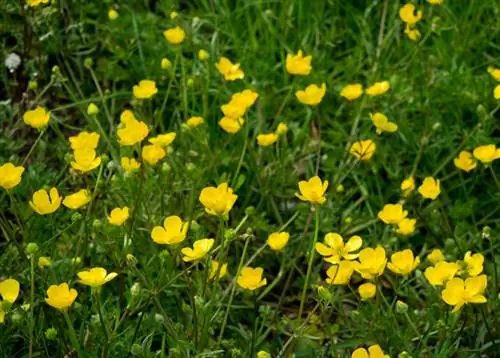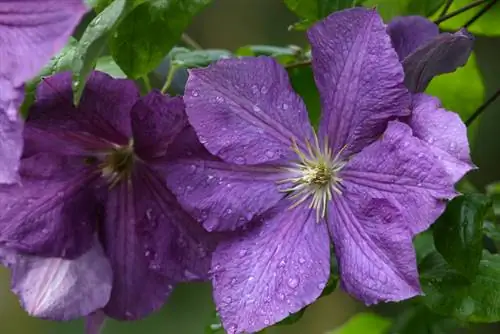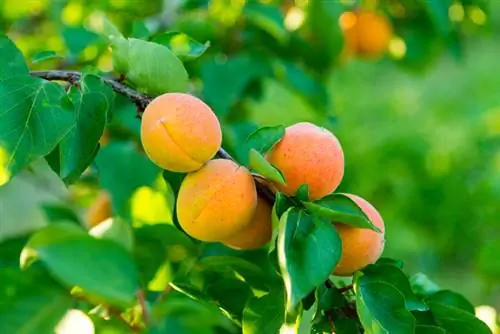- Author admin [email protected].
- Public 2023-12-16 16:46.
- Last modified 2025-01-23 11:20.
The buttercup, also known by the other names burning herb, lard flower, sharp buttercup, yellowwort and houndstooth, is even known to children. Who doesn't know this flower that populates so many meadows in late spring?
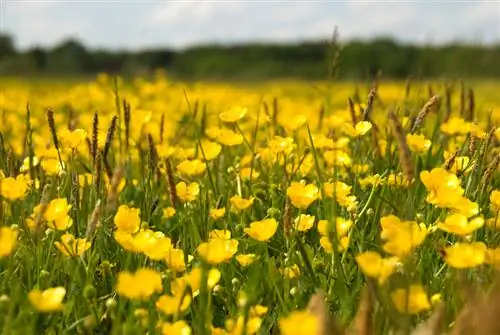
Which plant family does the buttercup belong to?
The buttercup belongs to the buttercup plant family (Ranunculaceae) and is poisonous due to the substances it contains ranunculin and protoanemonin. It grows in moist meadows, on the edges of forests and nitrogen-rich, calcareous soils and is widespread in Europe, Asia and North America.
A poisonous buttercup plant
The buttercup is the most commonly found representative of the buttercup family of plants, also known as Ranunculaceae. Like all other plants within this family, the buttercup is filled with toxins.
Two toxins and their effects on the body
In addition to the active ingredient called ranunculin, which is found in all buttercup plants, it is the substance called protoanemonin that makes buttercups so poisonous. The roots in particular are full to the brim with this ingredient, which converts into toxic anemonic acid when dried.
Anyone who eats fresh buttercups (you would hardly think of eating more of them because of the unpleasantly sharp taste) must expect symptoms that indicate poisoning, even in small quantities. These include, among others:
- Burning in the mouth and throat
- Diarrhea
- Nausea
- Vomiting
- Vertigo
- Paralysis
There you will find the buttercup
This plant from the buttercup family can be found in moist meadows, on the edges of forests, in bushes, on roadsides and wherever the soil is rich in nitrogen and calcareous. It is native from Europe to Asia and even North America. Its main distribution area is Central Europe. It can thrive up to altitudes of 2,300 m.
Characteristics by which you can recognize them
You can easily recognize the buttercup using these features:
- Flowering time in late spring
- bare stems and leaves
- angularly cut-sawn basal leaves
- perennial herb
- 20 to 100 cm high
- Leaves are reminiscent of buttercups
- round stems
- alternate leaf arrangement
- up to 3 cm wide, golden yellow flowers
- Flower color is greasy and shiny
- green nuts from July to October
Tip
The dandelion is also called buttercup. Buttercup is a common popular name for him, especially in southern Germany. But unlike the sharp buttercup, it is not poisonous.

